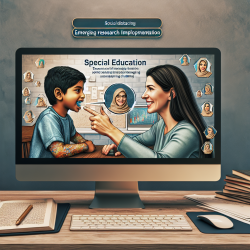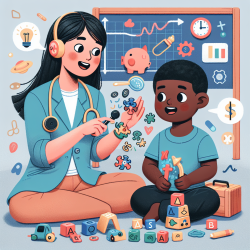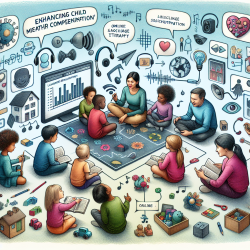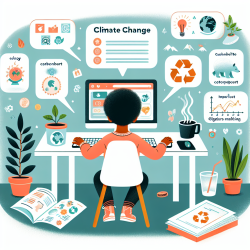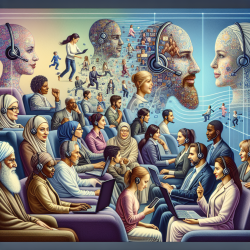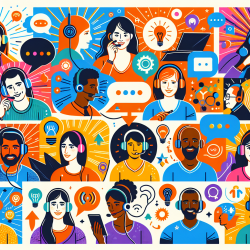As a special education director, it's crucial to stay informed about the latest research to provide the best possible services to our students. One such research article that can significantly impact our approach is Thomas R. Klassen's "Social Distance and the Negative Stereotype of People who Stutter." This study explores how social distance affects attitudes toward individuals who stutter and provides valuable insights for practitioners. Implementing the outcomes of this research can enhance our therapeutic strategies and foster a more inclusive environment.
Understanding the Research
The study by Klassen examines the attitudes of significant others (family, friends, colleagues) toward people who stutter. The findings suggest that ongoing personal and informal contact with an individual who stutters can reduce negative stereotypes. This indicates that social distance plays a significant role in shaping perceptions and attitudes.
Key Findings
- Significant others exhibit less negative stereotypical attitudes compared to the general public.
- Personal and informal contact with individuals who stutter can reduce negative stereotyping.
- Social distance influences the attitudes of others toward people who stutter.
Implementing the Research Outcomes
Practitioners can leverage these findings to improve their therapeutic approaches:
1. Encourage Personal Interaction
Facilitate opportunities for students who stutter to engage in personal and informal interactions with their peers. This can be achieved through group activities, social events, and collaborative projects. Reducing social distance can help peers understand and empathize with the challenges faced by individuals who stutter.
2. Educate the School Community
Conduct workshops and training sessions for teachers, staff, and students to raise awareness about stuttering and the impact of social distance on perceptions. Educating the school community can help dispel myths and reduce negative stereotypes.
3. Foster a Supportive Environment
Create a supportive and inclusive environment where students who stutter feel comfortable expressing themselves. Encourage open communication and provide platforms for students to share their experiences and challenges.
4. Incorporate Desensitization Strategies
Incorporate desensitization strategies in therapy sessions to help students who stutter become more comfortable with their speech. This can include role-playing, public speaking exercises, and positive reinforcement.
Encouraging Further Research
While Klassen's study provides valuable insights, further research is needed to explore the long-term effects of reduced social distance on attitudes toward people who stutter. Practitioners are encouraged to stay updated with the latest research and continuously seek ways to improve their therapeutic approaches.
To read the original research paper, please follow this link: Social Distance and the Negative Stereotype of People who Stutter.
